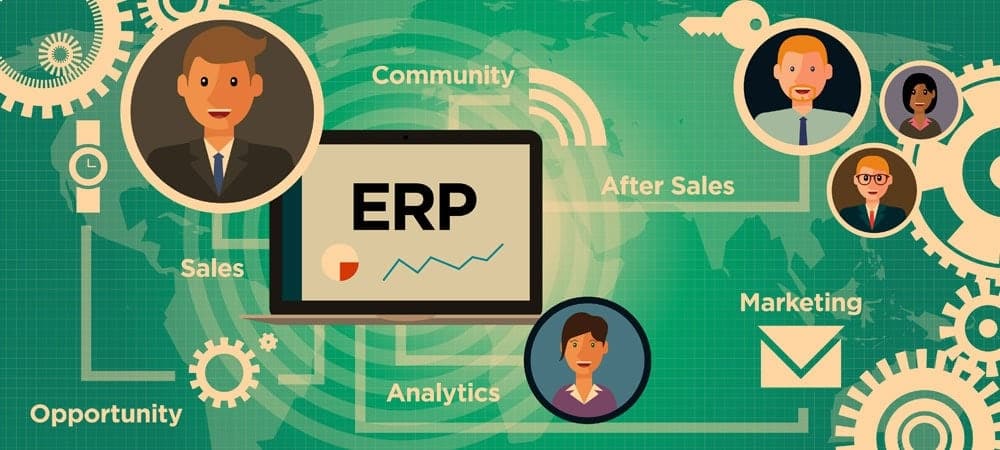Trade in transition


These challenges, and not least the end of maintenance of SAP Business Suite 7 (ERP/ECC 6.0) announced by SAP, are good reasons to think about the changeover to SAP S/4 in good time. Nevertheless, many retail companies are still hesitant when it comes to a concrete transformation process. Most have already recognized the necessity of a transformation to S/4. It not only brings the advantage of being able to process and analyze data in real time, but also makes it possible to significantly streamline systems.
Martin Koch, Head of Program Management and Deputy Program Manager at the Federation of Migros Cooperatives, for example, reports that the requirements of the transformation were quite clear for Migros. A heterogeneous system landscape resulted in high investment, maintenance and also operating costs. In the future, the entire ERP landscape was to be less cumbersome and retain the innovative capacity for which Migros is known. Since the conversion to S/4 represents a great opportunity, but at the same time also a great deal of effort, it should be done not only from an IT perspective, but also from a business perspective. For this reason, Migros launched a preliminary study from July to December 2019. The goal of the conversion for the Migros Cooperative Group is to modernize the financial and economic systems in order to increase effectiveness.
These needs gave rise to four principles on which the changeover program is based. The first is the principle of simplification. Whenever possible, for example, functions are to be located in the conversion system in order to keep the ERP system itself as lean as possible. The same applies to the reusability and interoperability of functions. On the other hand, the IT and business areas must work closely together. Similarly, it is important to sequence the project and proceed step by step, rather than insisting on a lockstep of the individual sections and modules. Based on the capability model, Migros then establishes the scope organizationally, functionally and technically. Migros grouped individual steps into initiatives, which in turn are prioritized and compiled in a roadmap.
Wolfgang Mähr, Head of IT at Spar Switzerland, also reports similar goals for the conversion to S/4, even if the starting points are different for the two companies. Migros, as a cooperative group, faces the challenge of combining the requirements of its ten members. But the Spar South Africa Group, which in addition to Spar Switzerland also includes Sri Lanka, Poland, the United Kingdom and Ireland, is also faced with the task of guiding its partners to the goal despite the different starting situations. For both companies, the focus is on simplicity of processes as well as ensuring reusability of common processes and systems in the individual countries and business units. One of the challenges in implementing SAP S/4 is to find the right strategy for the individual implementation.






